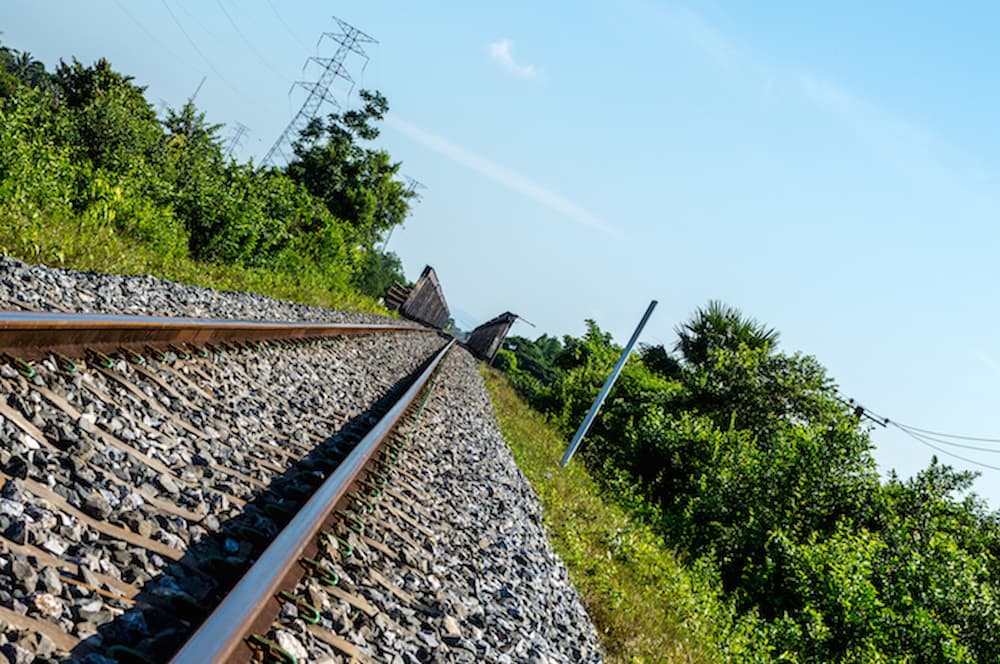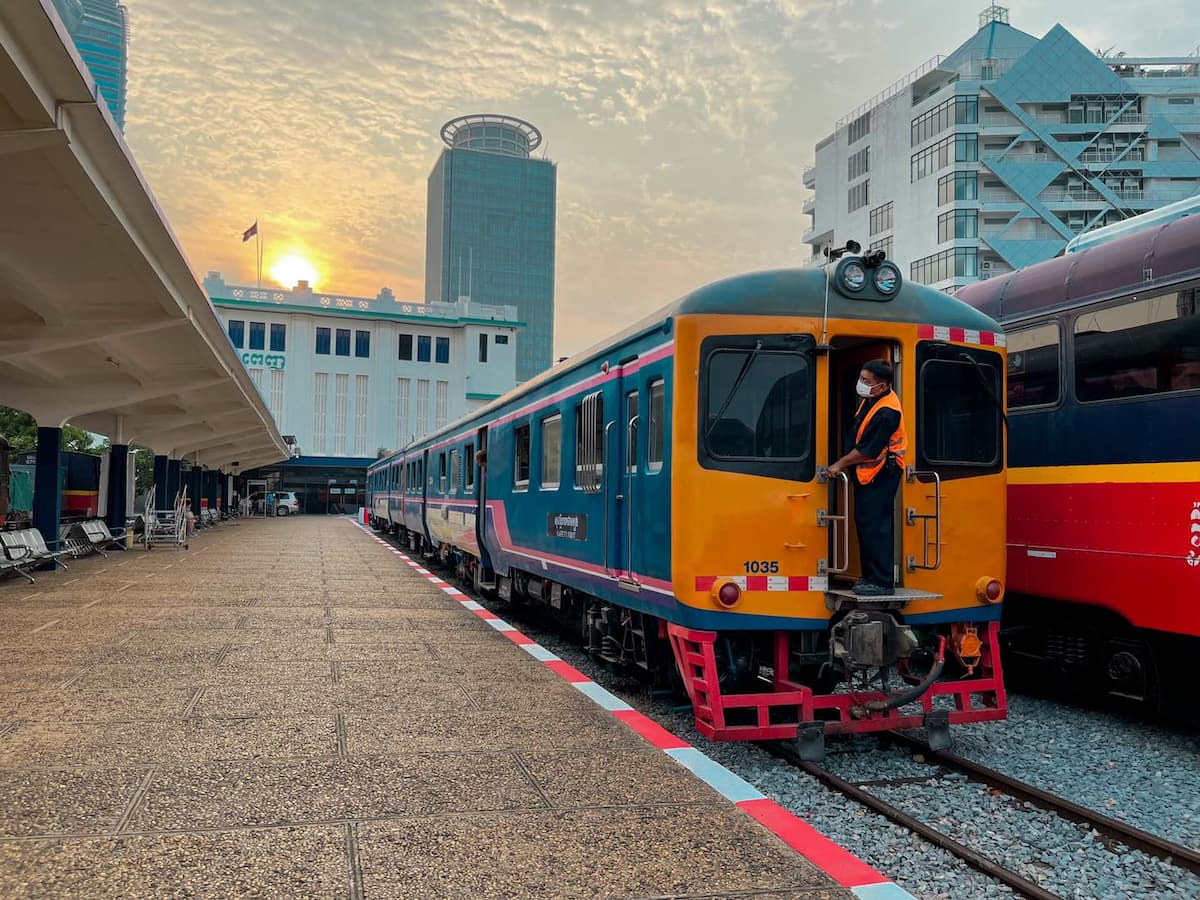There have been countless proposed railway modernisation projects proposed as well as feasibility studies carried out in the Kingdom, in particular in Phnom Penh. A glance over the geographic shoulder to other Southeast Asian cities and it's clear the capital is far behind the modern transit infrastructures that Bangkok, Singapore, or Kuala Lumpur offers its inhabitants and visitors.
Despite the massive costs required for such an undertaking, urban transit systems play a significant role in the social and economic development of large urban areas, and can also be attributed to significantly improving the quality of life in such areas as well as raising the value of properties.
What would a Phnom Penh urban rail transportation system look like and what are the obstacles to overcome to make it a reality?
What Options Are There For A Phnom Penh Rail Transit Network?
In 2019, a Chinese-funded feasibility study for a monorail project in Phnom Penh was completed, while a Japanese feasibility study investigated implementing an automated gateway transit (AGT) system with an electric-powered mass transit system - but these were derailed due to the high costs involved.

In 2021, the Ministry of Public Works and Transport also asked the Asian Development Bank to help devise strategies for monorail and metro projects for Phnom Penh.
But this past September, the Cambodian government announced it was prioritising a subway train system in Phnom Penh as part of its mega transportation plans. Reference was made to the Japanese (JICA) study from 2019 which estimated costs of USD $1.8 billion (albeit from 2019). As far as we know, this study did not specifically mention an underground system but officials feel that Phnom Penh's best solution would be a subway system and not monorails, a sky train, or an overland system.
On the positive side, a reliable and functioning urban rail transport infrastructure has the ability to improve the local employment rate, spur the development of the transport industry, and increase the value of the real estate and land when situated close to these urban transport hubs.
Whether it's underground, on monorails or something else that embraces future tech, Phnom Penh will eventually need a comprehensive strategy that will help reduce increased traffic in a city that is expanding & outgrowing its current borders. It's a real growing pain - bridges and flyovers, and even utilising water transport services alone will only help alleviate the issues in the short term.
It's also unlikely any project will be affordable unless it is a partnership between the government and a private entity or entities (such as so many of the current infrastructure projects eg: Phnom Penh- Sihanoukville expressway).
Environmental Impacts
The Ministry of Land Management, Urban Planning and Construction (MLMUPC) reported that there are more than 2,500 high-rise buildings in the capital alone and this number is not slowing down anytime soon - the additional urban sprawl also adds strain to the ability of the city to handle the high rainfall during the wet season and greenspace is already scarce in the capital.
Cambodia is located within a regional zone that a number of reports have suggested is at high risk from climate change, greenwashing aside, the scalability of Phnom Penh’s infrastructure needs to take the environment into consideration.
2022 has been a particularly wet rainy season in Cambodia (and the region). By mid-October, the National Committee for Disaster Management (NCDM) confirmed Cambodia’s 25 provinces 23 have been affected by floods and 110,000 families were left stranded.
At the recent Infrastructure Asia 2022 forum, the need to scale up sustainable infrastructure was a focal point and the keynote address mentioned “While every nation in Southeast Asia will have its own unique hurdles in the development of sustainable infrastructure, they also share many similar challenges and, as a consequence, can apply other nations’ best practices and solutions.”
This year has already witnessed subways badly flooded due to extreme weather in very developed and first-world cities such as in Tokyo & New York City.

Costs of Developing a Modern Rail Network
We can glance at the costs of recent current rail network developments in the region to understand what is at stake.
In Bangkok, the urban rail transit system has been undergoing its biggest expansion since the BTS opened in 1999 - with a number of lines being added this year and in 2023. BTS Group Holdings had to raise USD $2.1 billion through an IPO (the largest in Thailand's history) to secure funds for the expansion of BTS and MRT lines in the future. A 30-year plan is split into phases to continue to develop Bangkok’s sky train system, however, the upgrades are plagued by financial woes and rising debts.
The country’s national rail network is also expanding and a 2028 target date has been set to finish a High-Speed Rail Link with China (at the cost of $12 billion).
Although not exclusively an urban rail hub, the China-Laos Railway completed at the end of 2021 carried a price tag of US$6 billion. There are plans between 2024-2026 to connect Vientiane with Bangkok
Be Modern But Realistic - Avoid Gadgetbahns
A very tongue-in-cheek video recently mocked mass transit plans of the future that are announced by “visionaries” such as Elon Musk, these are termed gadgetbahns.
These are public transportation schemes based on modern technology which seem to be unfeasible or unnecessary. In Musk's case, his Hyperloop project which has not really progressed and by all accounts seems some decades away from being a scientific reality (never mind the exorbitant costs) means the project and its solutions don't appear to be fit for purpose in the near future.
Whatever is decided, a major urban rail hub in the capital is a positive for the city and its long-term future.




Comments